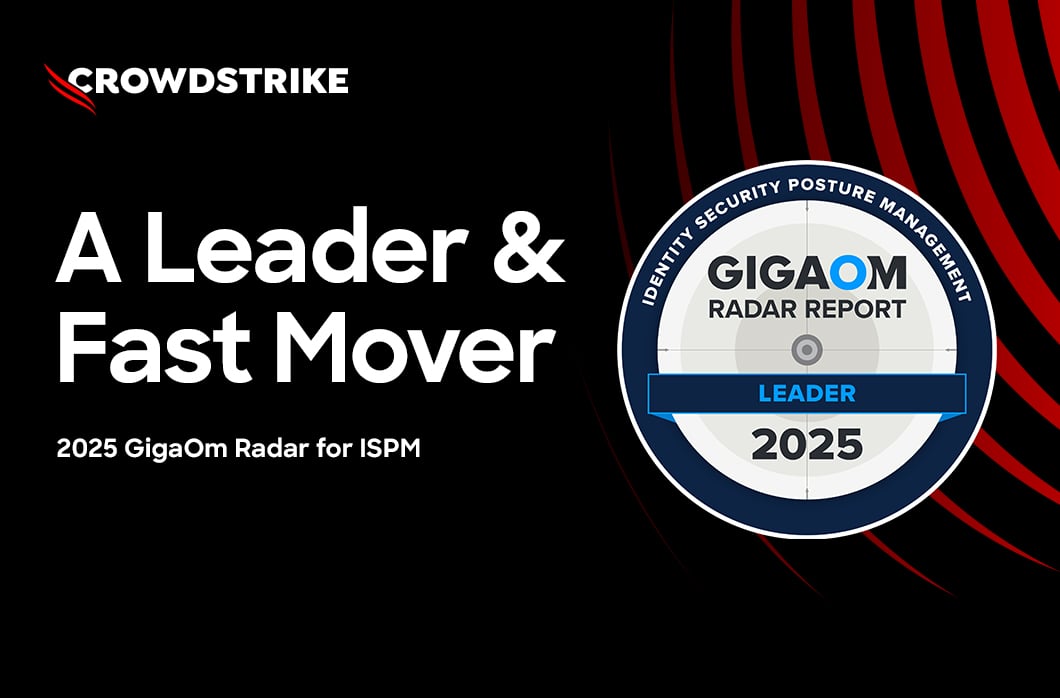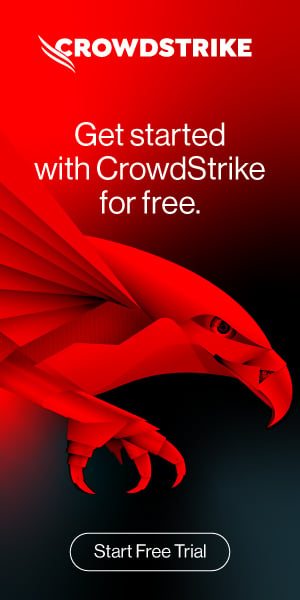Container escape represents one of the most significant security threats in modern cloud computing environments. This allows attackers to break free from container isolation mechanisms, potentially leading to complete compromise of host systems and broader cloud infrastructure.
The widespread adoption of container technologies has fundamentally reshaped the modern application infrastructure landscape. Organizations have rapidly transitioned from traditional monolithic applications to microservices-based architectures deployed in containerized environments. Container orchestration platforms like Kubernetes and Docker Swarm now manage vast clusters of containers across hybrid and multi-cloud environments, creating an expanded attack surface that spans from the container runtime to the underlying infrastructure.
Even minor misconfigurations or vulnerabilities can create significant risks. Consider a common scenario: an Apache web server running in a container with necessary internet exposure for business operations. In this setup, attackers can potentially exploit vulnerabilities to gain initial container access with low-level privileges. Once inside, they may leverage container escape techniques to break free from the container's isolation, compromise the host system, and escalate their privileges.
In this blog post, we examine common techniques attackers use to exploit container misconfigurations, with emphasis on escape vectors and their role in breaches.
Container Isolation Fundamentals
At the heart of container isolation are Linux namespaces, which partition kernel resources to provide isolated views for containerized processes. Network namespaces create separate networking stacks, mount namespaces isolate filesystem views, and PID namespaces ensure process isolation. User namespaces add an additional security layer by mapping container user IDs to different host IDs, while IPC namespaces prevent unwanted inter-process communication.
Control groups (cgroups) and Linux capabilities work together to enhance container security. Cgroups manage and limit resource usage, preventing containers from consuming excessive system resources, while Linux capabilities break down root privileges into granular permissions. Additional security layers including Seccomp filters and mandatory access control systems (AppArmor/SELinux) create a defense-in-depth approach that maintains container isolation while allowing necessary functionality.





![Helping Non-Security Stakeholders Understand ATT&CK in 10 Minutes or Less [VIDEO]](https://assets.crowdstrike.com/is/image/crowdstrikeinc/video-ATTCK2-1?wid=530&hei=349&fmt=png-alpha&qlt=95,0&resMode=sharp2&op_usm=3.0,0.3,2,0)
![Qatar’s Commercial Bank Chooses CrowdStrike Falcon®: A Partnership Based on Trust [VIDEO]](https://assets.crowdstrike.com/is/image/crowdstrikeinc/Edward-Gonam-Qatar-Blog2-1?wid=530&hei=349&fmt=png-alpha&qlt=95,0&resMode=sharp2&op_usm=3.0,0.3,2,0)
























































